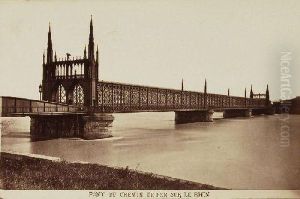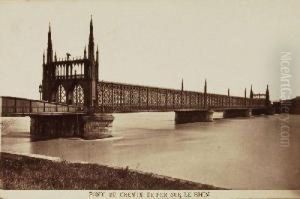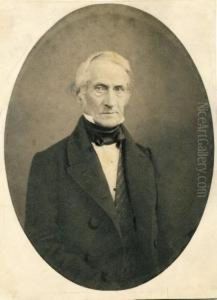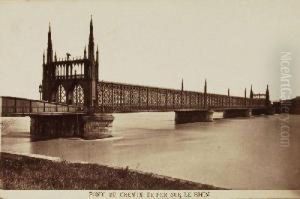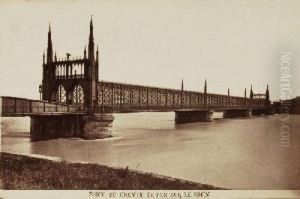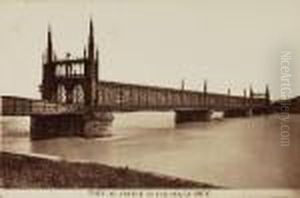Charles David Winter Paintings
Charles David Winter was a French artist born on November 23, 1821, in Strasbourg, in the Alsace region, which alternated between French and German control in the 19th and early 20th centuries. Winter's work was largely influenced by the region's rich cultural heritage and his French and Germanic background. Despite not being as widely recognized as some of his contemporaries, Winter contributed significantly to the art world during his lifetime.
Winter's artistic journey began at the École Supérieure des Arts Décoratifs in Strasbourg, where he honed his skills and developed a keen interest in the arts. He later moved to Paris to further his studies and immerse himself in the vibrant artistic community there. During his time in Paris, he was exposed to various art movements and styles, which helped to shape his own artistic identity.
Charles David Winter was primarily known for his work as a painter, but he was also skilled in other areas such as engraving and illustration. His body of work includes religious scenes, genre paintings, portraits, and landscapes. Winter's style was characterized by meticulous attention to detail and a dedication to realism, which was a popular approach among many 19th-century European artists.
Throughout his career, Winter exhibited his works at various salons and exhibitions, gaining recognition for his artistic talent. He was a part of the Salon de Paris, which was the official art exhibition of the Académie des Beaux-Arts in Paris. Exhibiting at the Salon was a prestigious opportunity for artists of the time, and Winter's participation indicated his standing in the French art world.
Charles David Winter passed away in his hometown of Strasbourg on February 10, 1904. His legacy lives on in the artworks he left behind and through his contributions to the cultural life of the Alsace region and France. While Winter may not be a household name, his work is appreciated by art historians and collectors who have a particular interest in the regional art of Alsace and the broader narratives of 19th-century European art.
